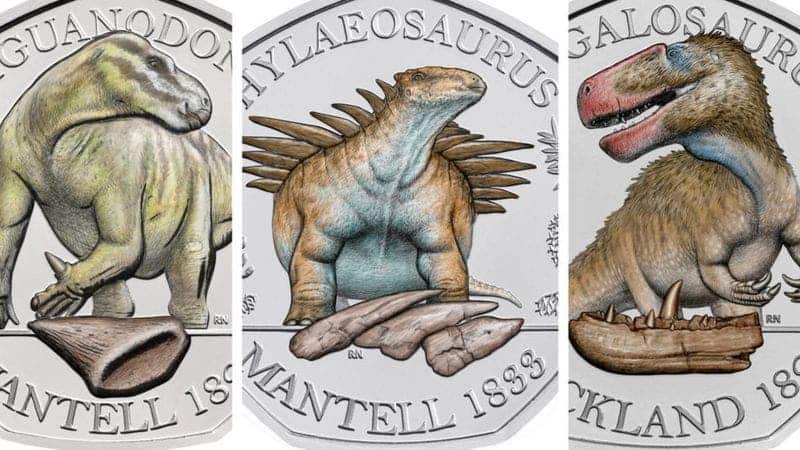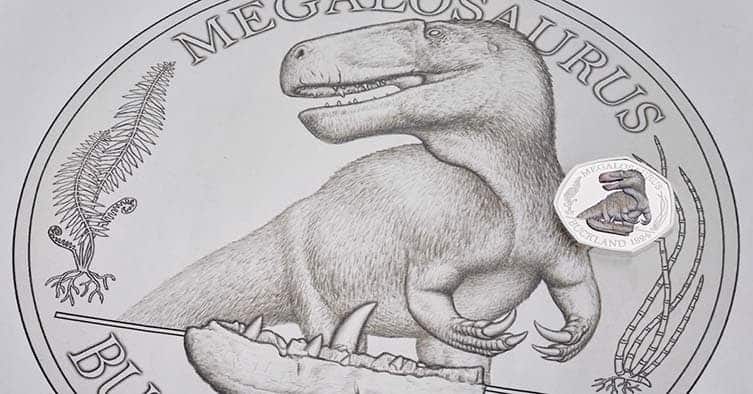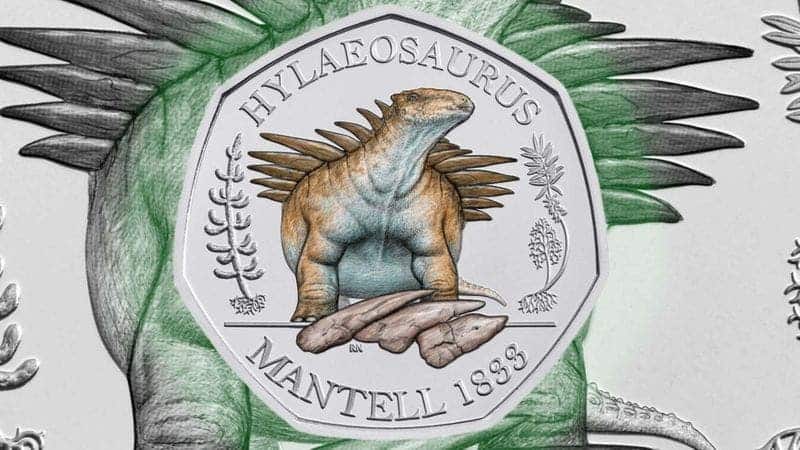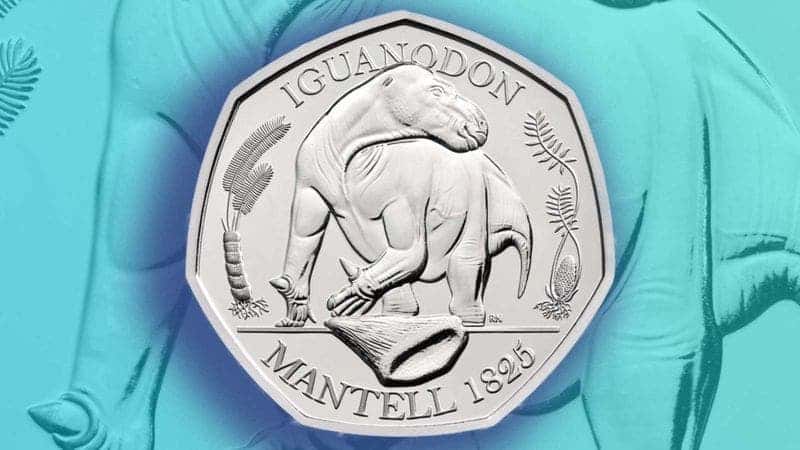Britain has a tradition of featuring science on its money. Until recently, the £10 note (the traditional ‘tenner’) featured the Father of Evolution, Charles Darwin. Now, the Royal Mint has announced a new science-based figure to feature on British currency — or rather, three figures.

The Royal Mint is releasing three new dinosaur-themed coins — it’s the first time this has ever happened in the UK.
The coins will honor the first three dinosaurs ever named — Megalosaurus, Iguanodon, and Hylaeosaurus — all of which had been found in Britain.
Meet the dinocoins

The coins were designed by palaeoartist Robert Nicholls, representing three iconic species — first described even before dinosaurs were classified as an individual group.
The dinosaurs will be featured on commemorative 50 pence coins (0.5£, or approximately $0.66) which can be purchased together for 0.5£.
In addition to the dinosaurs themselves, the coins will also feature distinctive features — the initial fossils after which these dinosaurs were characterized and identified.

The coins were designed in partnership with the Natural History Museum in London. Professor Paul Barret, a dinosaur researcher at the Museum who has been advising on the designs’ scientific accuracy, comments:
‘It is exciting to do a project like this. Helping to approve the designs, look at the overall aesthetic and witnessing the production process, from the original thoughts about what might be included to seeing the finished coins, has been very satisfying.’
‘They form the original triumvirate of dinosaurs.’

It’s a laudable initiative, although the dinosaurs will only be featured on the commemorative coins. It’s a shame they will not be widely circulated. In addition to the base coin versions, there will also be four other versions: gold, silver, and two colored versions.
Barret also adds that the representations are very scientifically accurate, up to the point where Megalosaurus has a ‘hint of feathers on it.









